The Dama of Elche
Wednesday, December 28, 2022
In the silent galleries of the National Archeology Museum in Madrid, you can witness the eerily penetrating gaze of this ancient sculpture, which seems to radiate authority and radiates a uniquely commanding presence. Discovered by accident in Valencia in 1897, the bewitching and inscrutable Dame of Elche has puzzled archaeologists and been the subject of fierce debate for over a century.

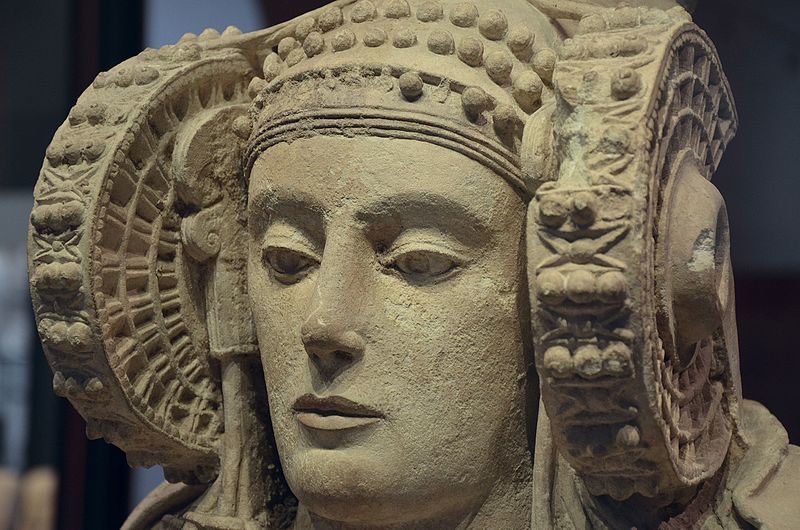
There have been many theories over the years as to what this mysterious limestone bust represents. She’s been called a Moorish queen, a witch, and stranger still, an “extraterrestrial visitor from another planet.” But archaeologists believe the bust is actually a uniquely Iberian portrayal of the Carthaginian mother goddess, Tanit, used as a funerary urn in antiquity.
There have always been rumours of forgery surrounding the discovery and debate about the authenticity of the Dame of Elche. But in 2011 research carried out using electron microscopy and x-ray technology found that the piece is original, and confirmed its use as an ancient urn. Traces of ashes containing fragments of human bone were detected in the study and carbon-dated to be more than 2,500 years old, making it contemporaneous with the ancient Iberian period. Today you can visit the artefact in Madrid’s excellent National Archaeological Museum. But who she actually is, is still a mystery...
 1
Like
Published at 9:34 PM Comments (0)
1
Like
Published at 9:34 PM Comments (0)
Discover Spain's Christmas Sweets
Thursday, December 22, 2022
Perhaps the most traditional Christmas sweet in Spain is marzipan, a paste of almonds and sugar. There are various theories about its beginnings, although it is certain to have originated in the Mediterranean area, where almonds come from. The stories of the Thousand and one nights mention it as an aphrodisiac, and as a restorative during Ramadan. Others say it first came from convents, many of which still make it. When there was a wheat shortage after the battle of Las Navas de Tolosa (1212), the nuns began making these sweets with what they had in the larder: almonds and sugar. In Toledo, famous for its marzipan, they used to stamp an image of the King on his throne on the marzipan cakes, copying the city's crest. Curiously, "the King seated", in Arabic, sounds like mauthaban, very similar to the Spanish mazapán. So the debate continues.
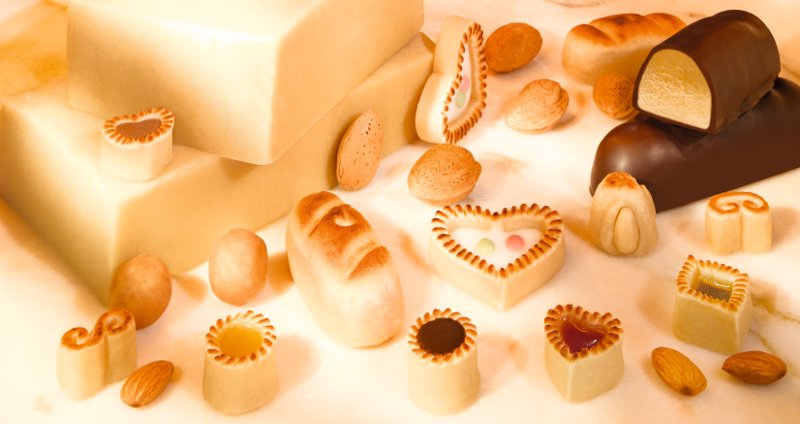
What we can be sure of is that to eat the finest marzipan, you should go to this city in La Mancha, where you can also find traditional variations: anguilas or "eels" with an angel-hair squash filling, thought to have been first made for King Philip III as a gift for the King of Portugal; delicias in the form of a crescent moon, filled with egg paste; castañas, in the form of chestnuts, dipped in chocolate; and empiñonadas, covered in pine nuts.
Turrón also seems to have a Muslim origin. A mixture of almonds and honey, called turun, appears for the first time in the book De medicinis et cibis semplicibus, written by an 11th-century Arab doctor. In the 16th century, Philip II's royal cook, Don Francisco Martínez Montiño, comments in his book Conduchos de Navidad that Jijona smells of honey everywhere, because turrón is made in every household. In 1991 the Regulatory Council of the Designation of Jijona was formed, and although traditional turrón is made with almonds and honey, both abundant around Valencia, modern variations can include egg yolk, candied fruit or nuts.
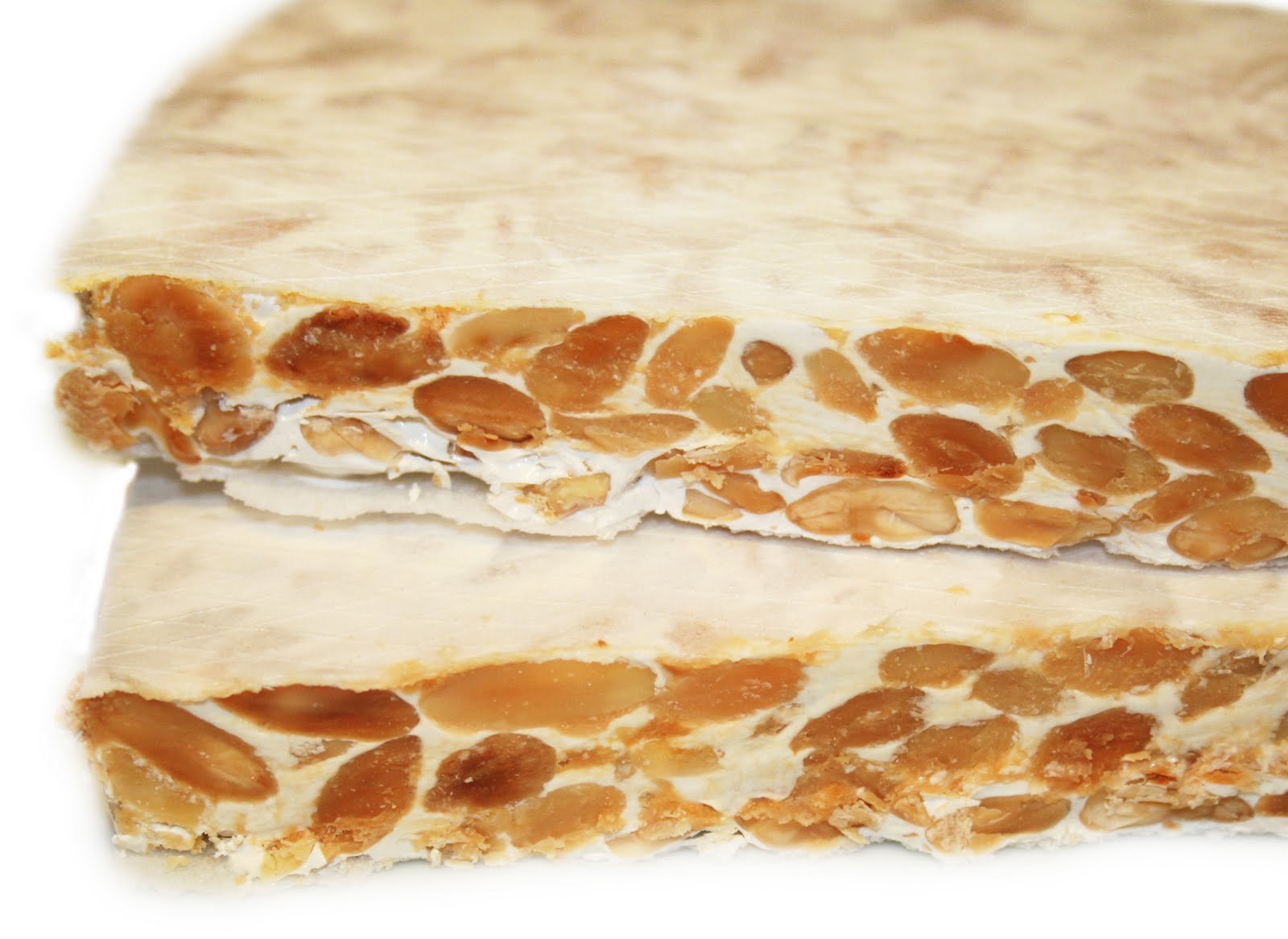
As with most culinary inventions, mantecados or lard cakes also arose to meet a need. In the 16th century there was a surplus of pork lard and of cereals, particularly around Seville. In Estepa they decided to mix the lard and flour, adding olive oil, sugar and egg-white, to make mantecados.
Here there is no possibility of an Arab origin. According to their Protected Geographical Indication, mantecados originated in the Convent of Santa Clara in Estepa, where they were first made as flat cakes, and later as the little cakes we see today. Today they can include coconut, cinnamon, sesame seeds and even chocolate. The polvorón is a very similar sweet which was first made around the same time, but includes almonds.
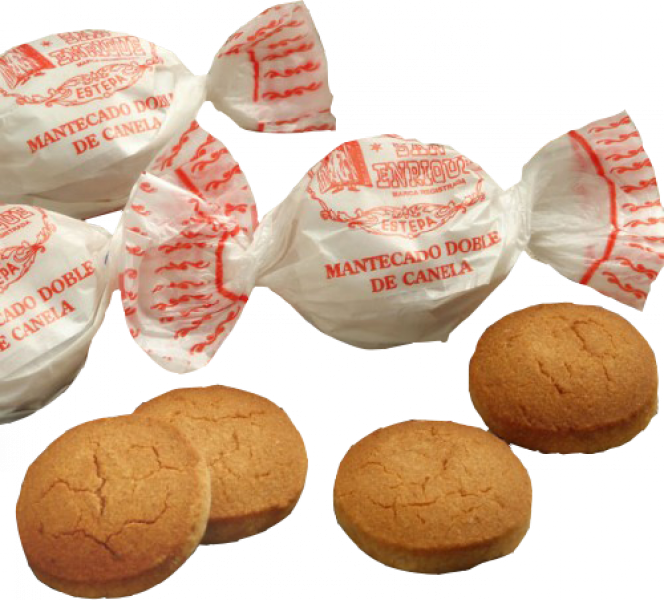
Christmas meals with children, especially in Catalonia and Aragon, often finish with a type of chocolate-covered Swiss roll. At first sight it looks like a log, but it’s actually a cake filled with cream, the Tronco de Navidad. No-one is sure why these two regions in north-eastern Spain borrowed the Buche de Noel from their French neighbours, who in turn took the idea from the Nordic tradition of the Yule log, where in the northern hemisphere a tree-trunk was burned at the winter solstice between 20 and 23 December as a symbol of prosperity. Like the cake, the log was decorated with flowers, pieces of orange and nuts. In Great Britain, Belgium, and then France, many people took up the tradition of the Yule log, but it fell from favour when enclosed stoves began to be used for heating. A French cake-maker found a solution with this dessert, which quickly became popular in the late 19th century.
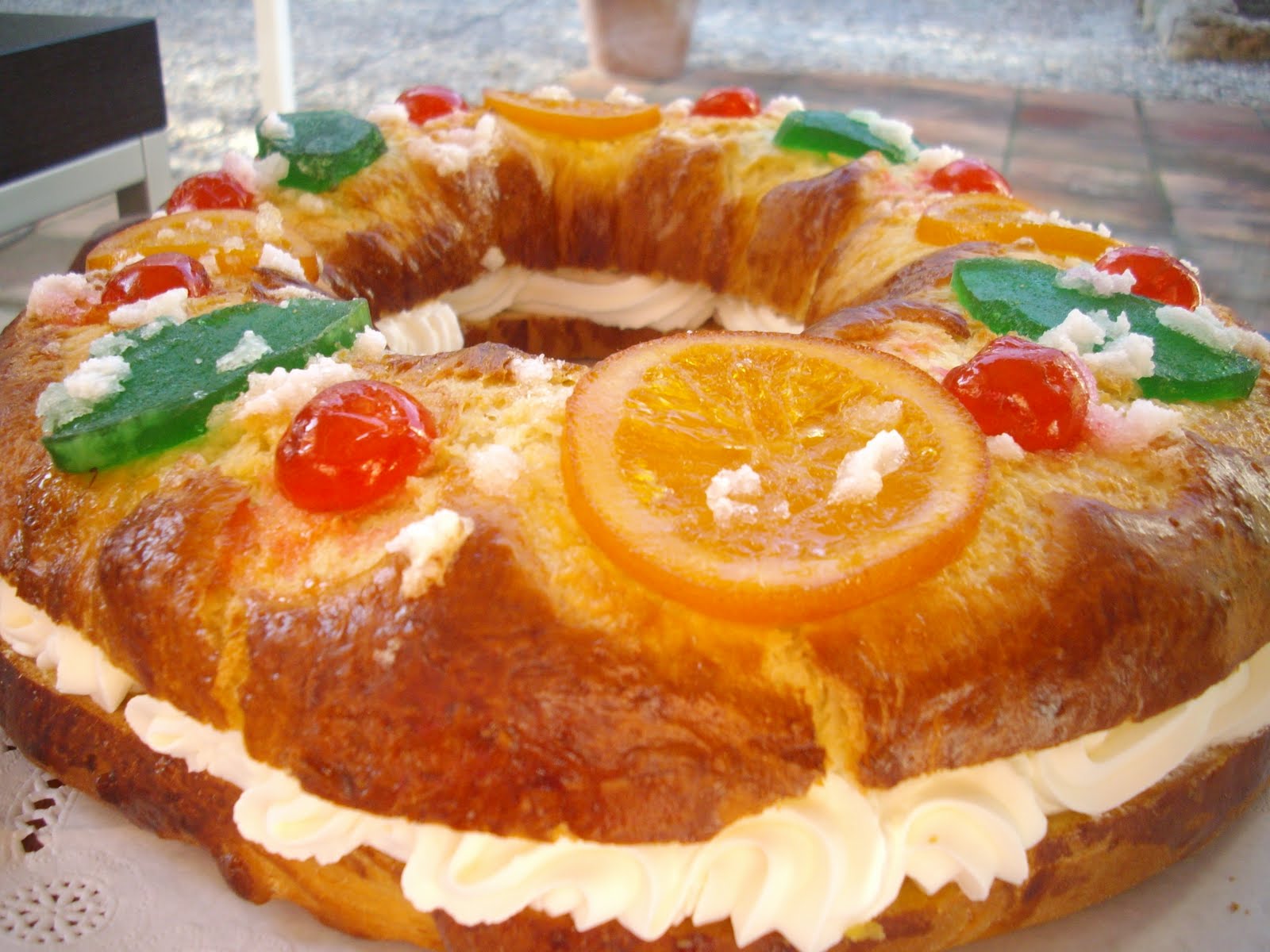
And finally we come to the cake that ends the Christmas season in Spain on 5 or 6 January, depending on the customs of each household: roscón de Reyes. The first people to eat a ring-shaped cake were the Romans, during Saturnalia, also known as the slaves' holiday, because they didn’t have to work. A broad bean would be hidden inside the cake, a symbol of the prosperity that would come in Spring, and of Saturn, the god of agriculture. They spread the tradition all over Europe, but after the arrival of Christianity it endured only in France, where the royal household made the cake with a coin hidden inside. These days it remains a firm tradition in much of Spain, especially in Madrid, accompanied by hot chocolate, and in Latin American countries such as Mexico.
 3
Like
Published at 10:25 PM Comments (0)
3
Like
Published at 10:25 PM Comments (0)
The Village with the Best Views in Spain
Thursday, December 1, 2022
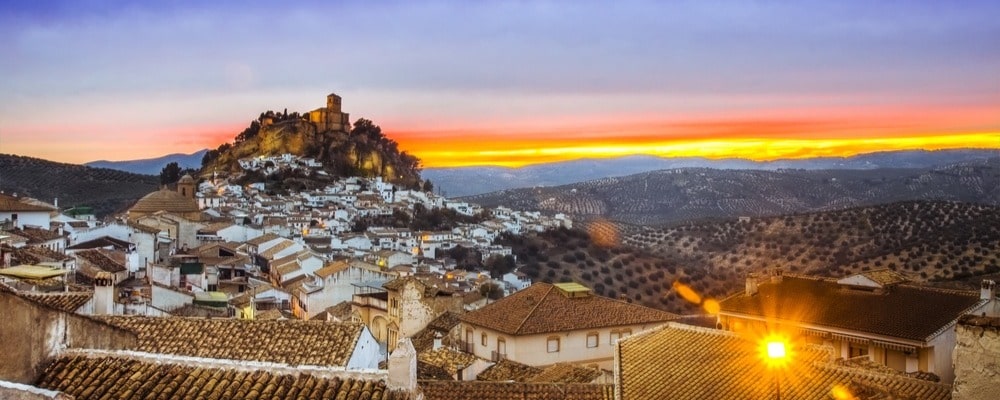
The National Geographic Magazine once declared Montefrio, a village in the Granada province, one of the 10 villages in the world with the best views, and hence the best views in Spain. This unexpected accolade was the beginning of an avalanche of tourists that has changed the village forever, bringing tourism to the local businesses and revitalising what was a dormant Andalucían whitewashed mountain village.
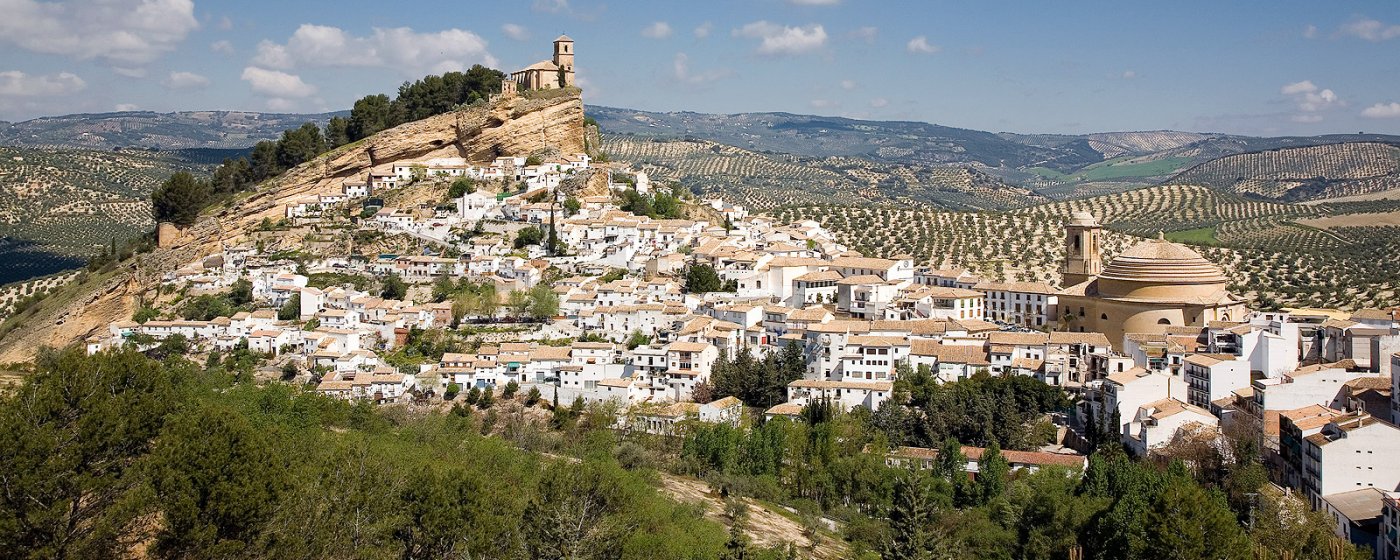
The visual power of the landscape and architecture of Montefrío are stunning. The imposing monumental structure that forms the Arab fortress and the Iglesia de la Villa, located on top of a rock are quite striking. Furthermore, Montefrío is set in a location of natural diversity. From the road that links Montefrío with Íllora, you can access the Peña de Los Gitanos, a natural rock that is bordered to the south by the Sierra de Parapanda.
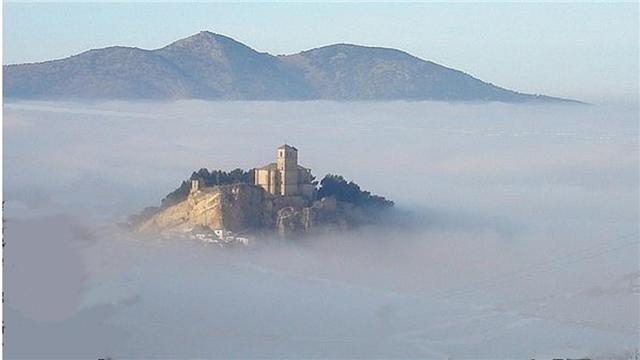
Montefrío is located in the northwestern part of the province, in the heart of the Montes Occidentales that form the central sector of the Cordilleras Beticas mountain ranges, between the Sierra de Parapanda and the Sierra de Chanzas. Its district has one of the most diverse and spectacular landscapes of the region, where the areas of steep vegetation contrast with carved crop and olive fields.
The hilly area is ideal for walking and taking part in sports such as cycling, riding and climbing.
The climate of Montefrío is typically continental-Mediterranean. During the summer months, the town gets hot, into late 30, or early 40-degree temperatures. The economy was mainly agrarian, with olives as the main crop, now, however, tourism is growing quickly. What was a relatively limited industry that revolved around agricultural processing such as oil and dairy products, has now all changed with new businesses and establishments opening up to serve the visitors. Near the town is a vast archaeological site known as Las Peñas de Los Gitanos, famous for its prehistoric tombs and remains of Roman and Visigothic settlements.
Montefrio is an upbeat, friendly destination, ideal for those looking for a rural retreat, with lots of space and fresh air, but not too far off the beaten track that you can’t visit the coast or cities of Cordoba and Granada.
 2
Like
Published at 7:12 PM Comments (1)
2
Like
Published at 7:12 PM Comments (1)
Spam post or Abuse? Please let us know
|
|